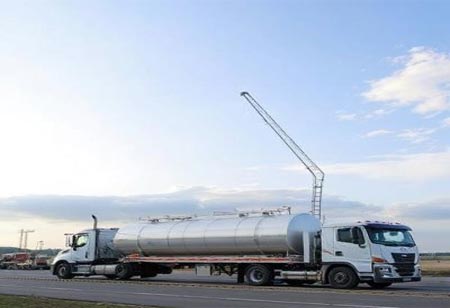Fremont, CA: Transporting chemicals is crucial to the global economy, as it enables the distribution of raw materials, manufactured products, and various chemical goods to industries that rely on them. This process is intricate and subject to strict regulations, posing several challenges that call for innovative approaches. The sector is adapting to meet the increasing needs of a fast-paced world, emphasizing safety, adherence to environmental laws, and efficient logistics. The hurdles encountered in chemical transportation drive creativity and technological progress to enhance the operation.
Safety and Regulatory Challenges
Safety is a paramount concern in chemical transportation, as hazardous materials can pose significant risks to both human health and the environment. Accidents involving spills, leaks, or explosions can have catastrophic long-term consequences. To mitigate these risks, stringent safety measures and regulations are essential at every stage of the transportation process, from packaging to driver training.
Advanced safety systems such as containment technologies, real-time monitoring, and automated safety checks have been implemented to minimize accidents and enhance emergency response capabilities. Additionally, navigating the regulatory landscape in international shipping presents its own set of challenges, as different countries and regions impose varying regulations, making compliance a time-intensive and costly endeavor for logistics providers.
Innovations for Environmental Sustainability and Efficiency
The environmental challenges of chemical transportation are increasingly influenced by climate change and sustainability concerns. Traditional transportation methods, such as tanker trucks, ships, and railcars, contribute considerably to fuel consumption and emissions. The industry is exploring greener solutions, including electric and hybrid vehicles, optimized shipping routes, and alternative fuels to address these issues. Furthermore, innovations in packaging materials and storage solutions aim to reduce waste and enhance energy efficiency in chemical transportation.
Efficiency remains a pressing challenge as the demand for faster, more reliable deliveries grows, driven by just-in-time inventory systems and globalization. Delays in transporting chemicals can lead to substantial financial losses, particularly in the pharmaceuticals, manufacturing, and agriculture sectors. To combat this, companies leverage advanced logistics technologies, including predictive analytics, GPS tracking, and route optimization software, to improve delivery times, reduce costs, and enhance supply chain visibility.

